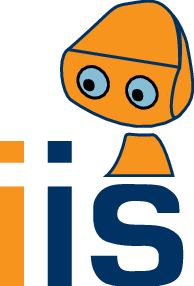datasets:ior
Differences
This shows you the differences between two versions of the page.
| Both sides previous revision Previous revision Next revision | Previous revision | ||
|
datasets:ior [2016/04/21 16:43] c7031007 |
datasets:ior [2018/09/03 19:35] (current) |
||
|---|---|---|---|
| Line 17: | Line 17: | ||
| *The dataset is based on the [[http://shape.cs.princeton.edu/benchmark/|Princeton Shape Benchmark database]]. | *The dataset is based on the [[http://shape.cs.princeton.edu/benchmark/|Princeton Shape Benchmark database]]. | ||
| - | *The dataset contains 4 sets for the each possible connection between objects (//in//, //on//, //below// and //next to//). The problem is formulated that all possible relations should be treated so two objects can have multiple connections. | + | *The dataset contains one table, indexed by object pairs, for each of the object-object relations //in//, //on//, //below// and //next to//. |
| - | *Links between objects are determined by values: | + | *Relations between objects are represented by the following values: |
| - | ***0** - no connection | + | ***0** - no relation |
| - | ***1** - direct connection | + | ***1** - forward relation |
| - | ***-1** - reverse connection | + | ***-1** - reverse relation |
| - | ***empty** - unknown connection | + | ***empty** - unknown relation |
| * You can download the dataset [[https://iis.uibk.ac.at/public/databases/esann2015/|here]]. | * You can download the dataset [[https://iis.uibk.ac.at/public/databases/esann2015/|here]]. | ||
datasets/ior.1461249808.txt.gz · Last modified: 2018/09/03 14:57 (external edit)

